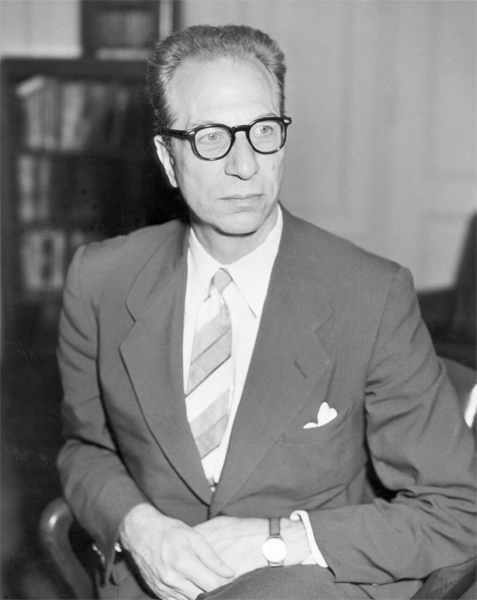Part of my job is cataloging, and part of that job is taking the paper sheets we write up for our inventory and figuring out the best way to turn them into digitally accessible records. In 1997, when the Sittler Archives was founded at LSTC, one of our “if the money exists” desiderata of the charter was an OCLC-compatible catalog. Now, it’s been quite a while, and that’s more or less a joke with no full time archivist and no full-time cataloger, only a 10-hour fellow and the volunteer labor of the founders. But shrugging off the idea of making MARC records, the basic idea is to make this collection accessible to off-site users in increasing ways, and so to extend the mission of our Archives beyond its walls.
So, in my reading, I came across a whole issue of RBM devoted to a dear subject to my heart: Hidden Collections. (All of the pieces in it are available in full in PDF.) There but for the grace of God (and the Georges, and the Sittler family) go we! You see, the Sittler Archives shares LSTC’s archival vault with a whole vast trove of predecessor-body archives from other seminaries and churches, including a few scraps of the old Suomi Synod archives. All for the most part unused, and quite qualified for the label “Hidden Special Collection.” The Sittler Archives aims to be as unhidden a special collection as possible, but all this means is we’re trying to solve the problems that plague our shelf-mates in the vault. And as a dedicated independent organization, we can do that in ways that the Jesuit-Krauss-McCormick library that houses us can’t — it is our sole mandate to take care of this particular special collection.
First off, Mandel is quite right about the “white elephant” nature of these bequests and acquisitions! JKM’s archivist has been hobby-working on some of them for years, and if he were to turn full-time to it, it would still be a massive undertaking! In today’s budget climate, the library can no longer spare him even for the hobby-work. And so the collections sit in climate control and wait. Which they can do — but that’s not the point!
And reading through Jones’ whitepaper, “Hidden Collections, Scholarly Barriers,” I have to say that I see all of the issues she raises! But many of the solutions she proposes in 2003 now exist in usable and practiced form in 2011, which is an advantage. The tools are there.
Katz’s article, emphasizing “partially processed” as a perfectly valid category, and the primary use audience of scholars and teachers, has an appeal to me. Especially as we have just had a visiting scholar doing research with our collections! It’s a very useful way to gain perspective on what it is you’re doing, and which materials you should be doing it with, first!
Tabb’s emphasis on “preliminary record” cataloging is where I’m headed, for the simple reason that I love the materials in our files far too much to get a sizable swath of them accessible by digitizing full records for each and every one in one go. It’s horribly time consuming! And I know I won’t be on this job forever, and that the next student won’t necessarily have the experience I have. It’s better by far to turn over a working bare-bones structure that can be easily embellished, than a mountain of work to be climbed one box at a time. And the key there is also “working” — if we can get basic listing access available to the public, it’s a usable first step. “The perfect is the enemy of the good.”
So, some of the things the Archival Fellow is thinking about lately.
